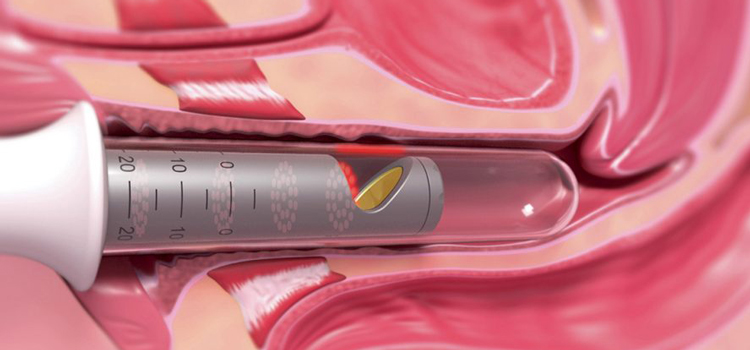
Dr Irena Hreljac
Fotona Clinical Affairs Manager
The use of lasers to treat pelvic floor problems has become increasingly popular in recent years, thanks to new minimally invasive treatment protocols.
Many women experience urine leakage and other bothersome symptoms of pelvic floor dysfunction during their lifetime; still, these are rarely talked about.
The pelvic floor is a hammock of muscles and connective tissue extending from the pubic bone to the tailbone. It consists of many structures that work in harmony to provide support to the womb, bladder, colon and their connected structures. With ageing and deliveries, the pelvic floor support weakens, causing symptoms of vaginal laxity, unwanted urine leakage or pelvic organ prolapse. Menopause can bring about additional problems, such as vaginal dryness, pain and irritation.
Treatment for pelvic floor problems starts with physiotherapy and exercise to strengthen the pelvic floor muscles. If these conservative treatments don’t help, surgery is usually recommended.
The power of light and heat
Recently, a new treatment has become available – non-invasive vaginal laser therapy. Erbium laser with Fotona SMOOTH® technology is an especially gentle, yet effective treatment option. It does not injure the gentle vaginal tissue, but works through a patented thermal pulsing method, utilising the body’s own potential to build new collagen and improve the condition of the vaginal mucosa. The end result is functional strengthening and regeneration of pelvic floor support, which is achieved naturally, without surgery or implants.
Patients prefer laser treatments as a non-invasive option that can delay or even diminish the need for surgery.
The technology has been shown to improve urine leakage, vaginal dryness and improve sexual function in more than 60 clinical studies, with high effectiveness and minimal side-effects. One study in particular, titled “Safety of Vaginal Erbium laser: A Review of 113,000 Patients Treated in the Past 8 Years” showed that the procedures are safe and carry a very low risk profile.
Key benefits of laser treatments
Patients prefer laser treatments as a non-invasive option that can delay or even diminish the need for surgery. Laser treatments can perfectly complement and improve the results of physical therapy.
Of course, although laser therapy can help many patients, it is not appropriate for everyone – correct diagnosis and expert and holistic patient management are the key.
Fotona’s patented Fotona SMOOTH® Er:YAG pulse protocol was a key breakthrough that led to the development of an entirely new class of minimally invasive erbium-based gynaecological procedures, which are among the most popular laser treatments available on the market today.
These newer “SMOOTH” treatments are widely used for treating genitourinary syndrome of menopause (RenovaLase®), stress urinary incontinence (IncontiLase®), vaginal relaxation syndrome or vaginal laxity (IntimaLase®) and pelvic organ prolapse (ProlapLase®).
For more information visit www.fotona-smooth.com and www.fotona.com/en/gynecology




